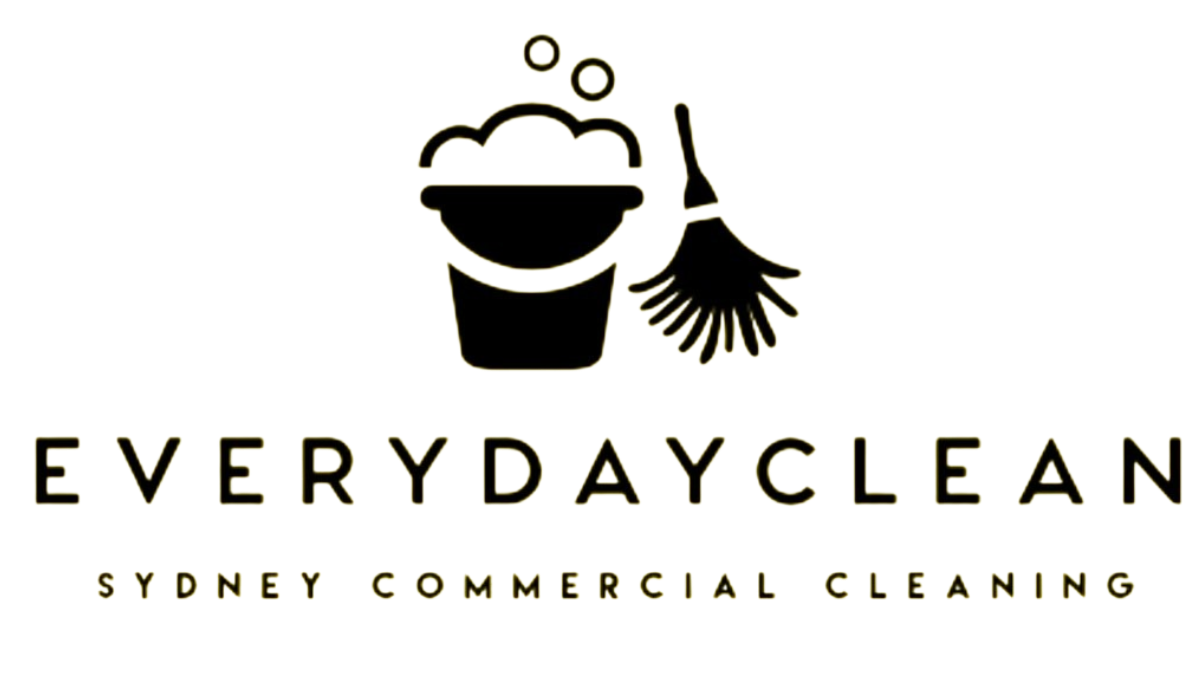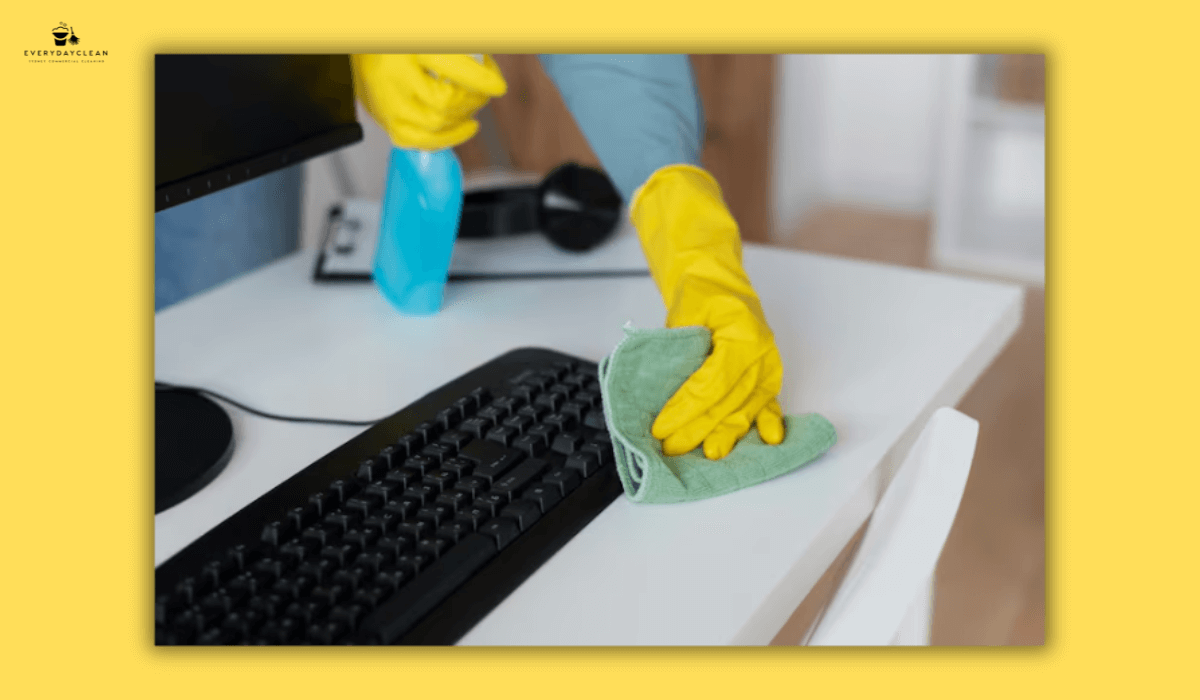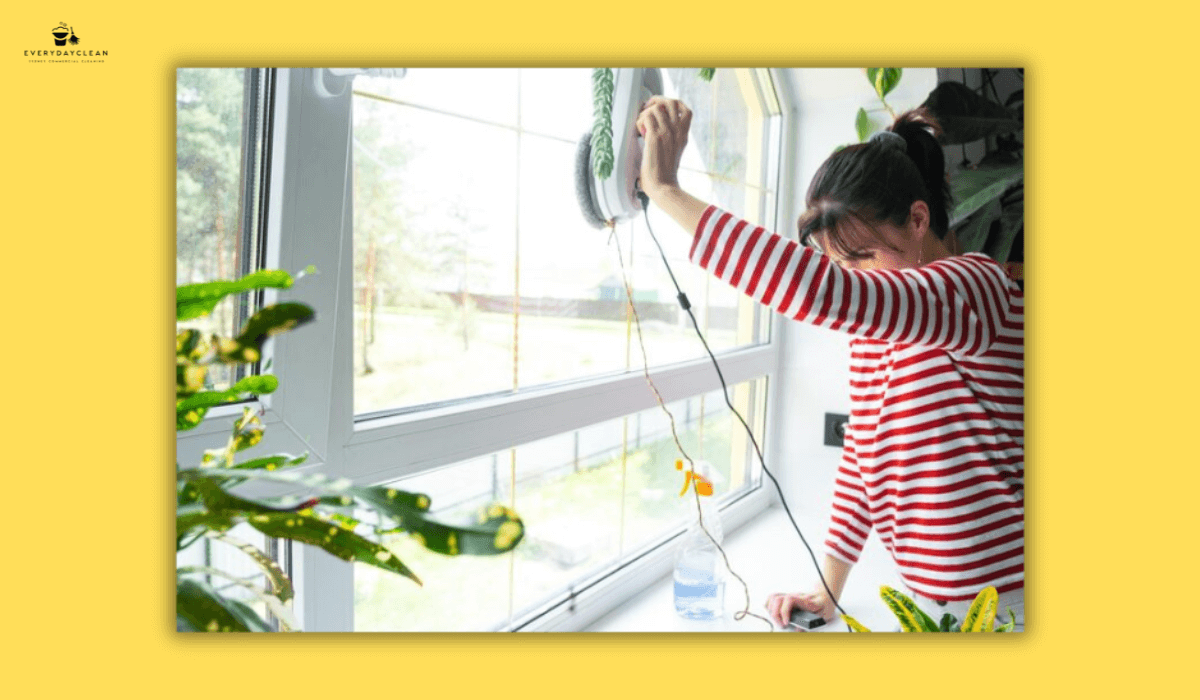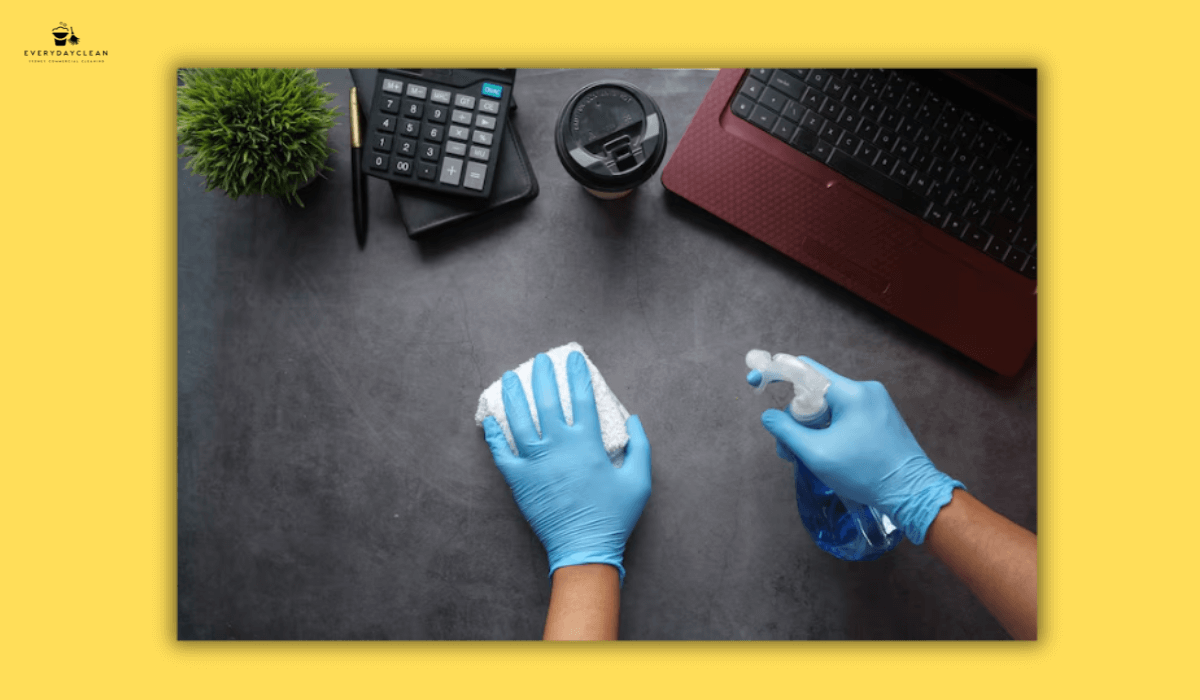7-Step Daily Cleaning Checklist for Child Care Center
A daily cleaning checklist for child care centers ensures every area – from play zones to restrooms – stays clean, sanitized, and safe for children. Our child care cleaning services follow these exact protocols to support safe environments for early learning. The checklist should include disinfecting toys, tables, and high-touch surfaces, cleaning and sanitising bathrooms, sweeping and mopping floors, and properly managing waste. Food preparation areas must be cleaned before and after every meal, while linens, nap mats, and towels should be washed after each use to prevent cross-contamination. Keeping child-safe cleaning supplies such as wipes and sanitisers readily available allows staff to respond quickly to spills or messes, maintaining a consistently hygienic environment throughout the day.
Step 1: Classroom and Play Area Cleaning
Classrooms and play zones are the heart of every child care center - and also where germs spread the fastest. Cleaning these areas daily prevents the buildup of dust, food crumbs, and bacteria.
Each morning and afternoon, wipe down all tables, chairs, door handles, and light switches using a mild detergent followed by a child-safe disinfectant. Vacuum carpets and sweep or mop hard floors to remove visible dirt. Disinfect shared toys, blocks, and craft supplies, and empty bins before they overflow. Maintaining a spotless classroom not only supports children’s well-being but also reinforces the center’s professional standards.
Step 2: Restroom and Nappy-Change Area Cleaning
Bathrooms and change areas require the most rigorous cleaning routine because of their high traffic and risk of contamination. These zones should be sanitised several times a day, not just at closing.
Disinfect toilets, sinks, taps, and handles using approved antibacterial products. Replace bin liners, empty nappy disposal units, and ensure floors are mopped with disinfectant after each session. Restock paper towels, soap, and toilet supplies regularly. Consistent cleaning here prevents odour buildup, cross-contamination, and the spread of illness - all crucial in a child care environment.
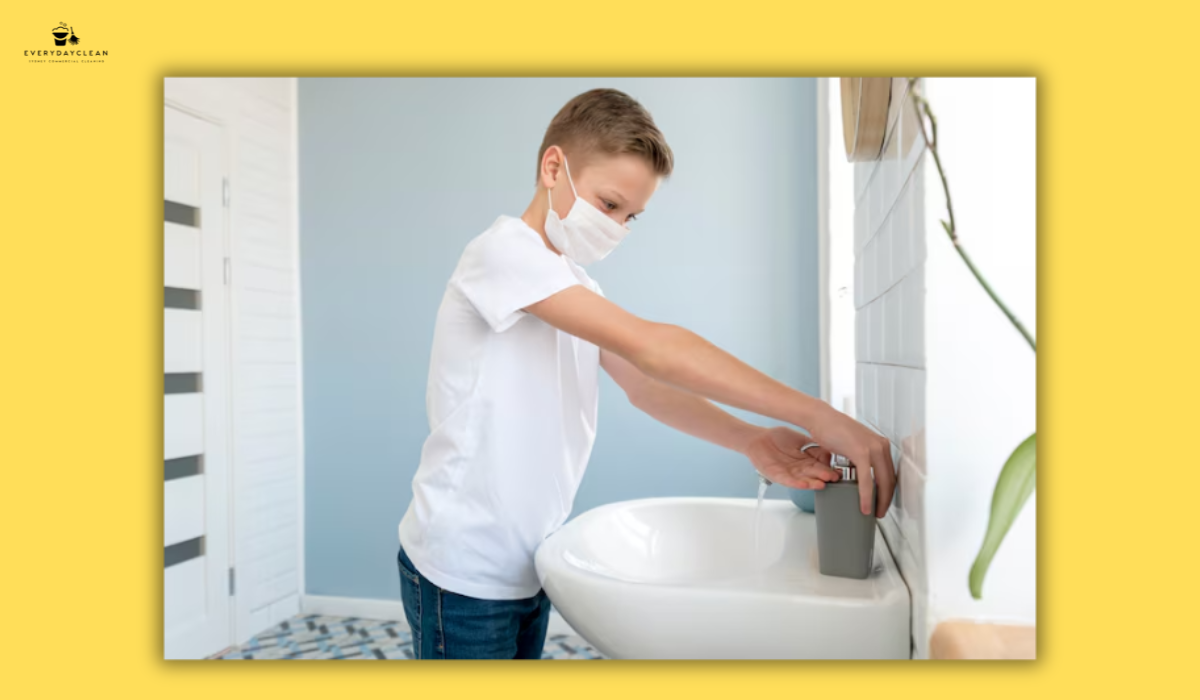
Step 3: Toy and Equipment Disinfection
Children often touch, share, and sometimes mouth toys, making them prime carriers of germs. Learn more about how often daycare should clean toys to keep your centre compliant and safe.
Sort toys into washable and non-washable categories. Wash hard toys in warm, soapy water, rinse, and air-dry before returning them to shelves. Machine-wash soft toys and play mats at least weekly, or daily when visibly soiled. Don’t forget shared classroom items like crayons, puzzles, or sensory materials - wipe these with disinfectant wipes between uses. Routine disinfection reduces transmission of colds and ensures compliance with child care hygiene regulations.
Step 4: Food Prep and Dining Area Cleaning
Food preparation and meal zones demand both cleanliness and compliance. Because young children are particularly sensitive to contaminants, these areas must remain spotless before, during, and after mealtime.
After every meal, clean and sanitise tables, highchairs, and benches. Sweep under tables, remove leftover crumbs, and mop the area to prevent pests. In the kitchen, wash all utensils, wipe down benchtops, and disinfect cutting boards. Ensure all cleaning cloths used in food areas are colour-coded to avoid cross-contamination. Maintaining kitchen hygiene daily ensures that every meal is served in a safe, healthy environment.
Step 5: Floor and Surface Maintenance
Floors collect dust, spills, and allergens that can affect both children and staff. A clean floor is a fundamental part of every daily cleaning checklist for child care centers.
Sweep and vacuum all floors at least twice a day - once before opening and once after closing. Mop using a mild, non-toxic cleaning solution suitable for children. Pay special attention to corners, under tables, and play mats where crumbs and residue often accumulate. Regular maintenance keeps the air cleaner, prevents slips, and promotes a fresher atmosphere across the facility.
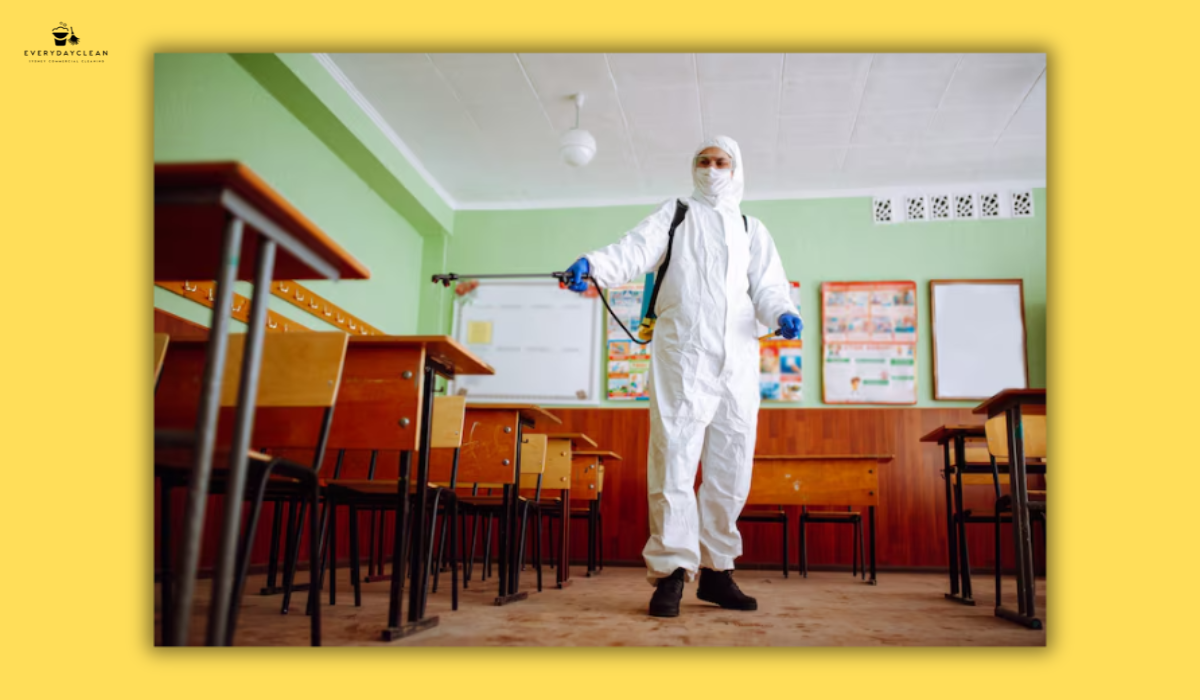
Step 6: End-of-Day Cleaning and Documentation
End-of-day cleaning ensures that all areas are refreshed and ready for the next morning. Proper documentation also maintains compliance with local health and safety standards.
Conduct a final walkthrough to ensure bins are emptied, toys are sanitised, and restrooms are restocked. Wipe surfaces again if needed and check that all floors are dry. Record completed cleaning tasks on a daily log, noting any maintenance issues or supply shortages. This record helps track accountability and provides proof of compliance during inspections.
Step 7: Safe Product Use and Staff Training
Child care cleaning is only as effective as the products and methods used. Staff must understand how to clean safely without exposing children to harsh chemicals.
Use low-fragrance, pH-neutral cleaning products approved for early-childhood settings. Avoid aerosol sprays or chlorine-heavy solutions that can irritate sensitive lungs. Provide staff training on proper dilution, cloth colour coding, and waste disposal. Clear protocols ensure every team member knows what to clean, when, and how - maintaining consistent quality across every room.

FAQs About Daily Cleaning in Child Care Centers
Maintaining a child care center involves constant cleaning and monitoring. Below are answers to common questions about daily cleaning routines and best practices.
How often should toys be sanitised in a child care center?
Toys should be sanitised daily, especially those frequently handled or mouthed by children. Hard toys can be washed and air-dried overnight, while soft toys should be machine-washed regularly. During outbreaks, increase cleaning frequency and separate toys into “clean” and “in-use” bins to prevent cross-contamination.
What are the most critical high-touch surfaces to clean every day?
High-touch surfaces include doorknobs, light switches, tap handles, tables, and shared play equipment. These areas accumulate germs quickly and should be cleaned and disinfected multiple times a day using child-safe products.
Which cleaning products are safe for child care environments?
Approved, low-toxicity cleaning agents labelled as “child-safe” or “hospital-grade disinfectant” are best. Avoid strong fragrances or bleach-based products unless diluted and rinsed thoroughly. Always store cleaning supplies out of children’s reach and follow manufacturer instructions.
Conclusion
Maintaining a spotless and hygienic environment in a child care center requires daily consistency, proper cleaning protocols, and attention to detail. By following a structured checklist that covers toys, restrooms, food prep areas, and common surfaces, staff can protect children from germs and uphold a healthy standard of care. A disciplined approach not only supports compliance with health regulations but also creates a safe, welcoming space for learning and play.
For professional child care cleaning services that meet Australian safety and hygiene standards, contact Everyday Clean - Sydney’s trusted partner for spotless, child-ready facilities.
Author: Everyday Clean Content Team
Everyday Clean is Sydney’s trusted provider of commercial cleaning solutions, including schools, offices, gyms, and childcare centres. Our licensed professionals use advanced, eco-friendly equipment to deliver safe, compliant, and spotless results across all facilities. With deep experience in the education sector, we help schools and childcare centres maintain hygienic, child-ready environments that staff and families trust.
